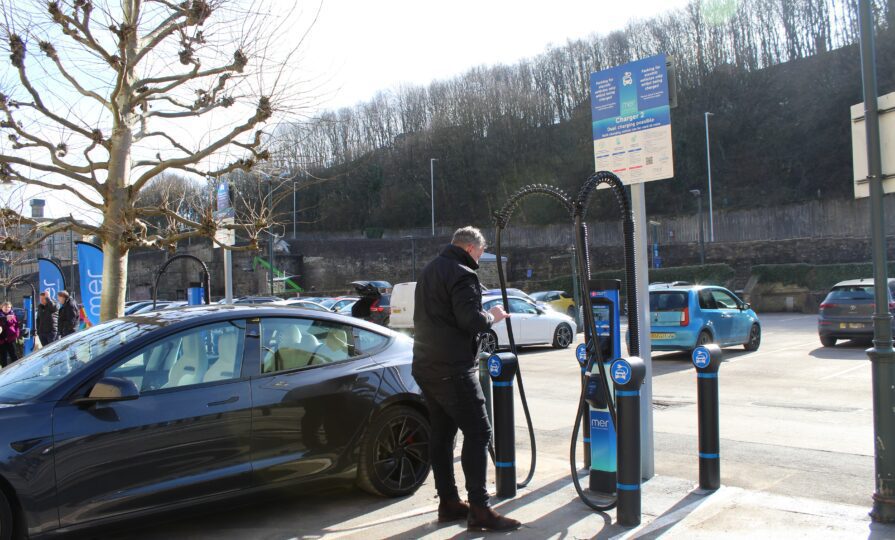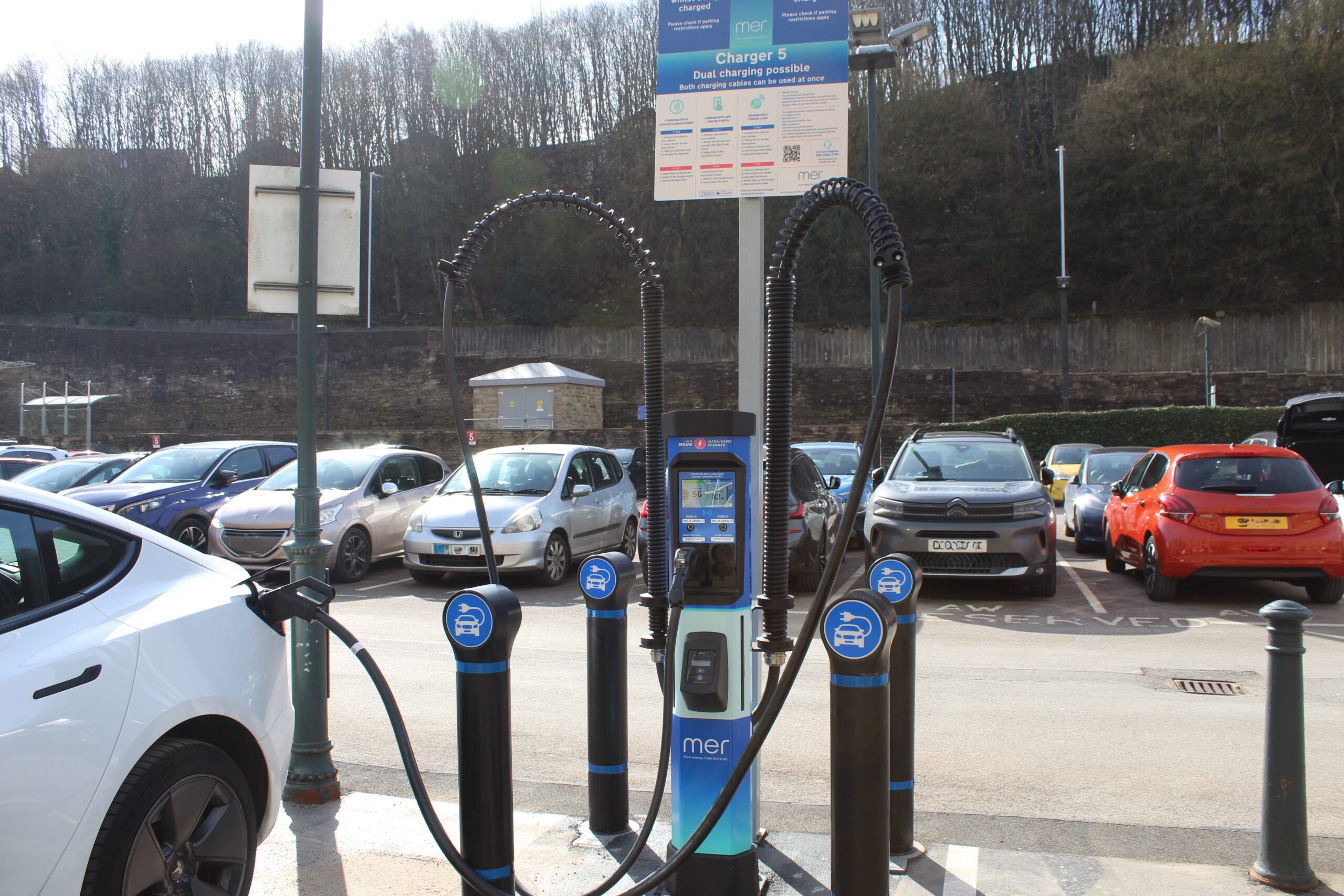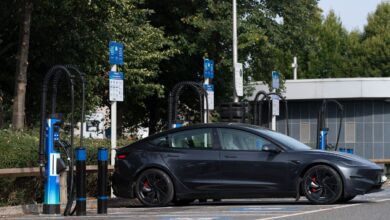How are EV charging hubs boosting revenues for the retail sector?

Supply and demand is one of the most fundamental principles of the retail sector. For EV drivers, the demand for charging infrastructure is insatiable. Meanwhile, the government’s net-zero commitments are causing a rapid shift towards the sale of EVs. However, the supply of charging infrastructure is lacking. This is where the retail sector could step in to fulfil the demand.
Why is the retail sector so well suited for EV charging infrastructure?
As of January 2025, there were only 108 public EV chargers per 100,000 people in the UK. This figure is even lower in regions such as Yorkshire and the East Midlands, where it reaches only 66 chargers per 100,000 people.
Unlike countries such as the USA and Canada with wide open streets, the UK cannot rely on on-street charging solely. The narrow historic streets and heavy traffic at many locations in the UK prevent the easy installation and use of on-street charging. Private chargers are an option, but almost a quarter of UK households lack off-street parking, meaning they are not an option for everyone.

Therefore, for enterprising locations there is a chance to capitalise on this gap in the market. Destination chargers, public chargers which are located at places such as retail parks, shopping centre carparks, corporate offices, leisure centres, educational facilities make up 49% of all public chargers in the UK.
Consumer behaviour when it comes to EV charging is less like going to a petrol station and leaving, instead, it has more in similarity to a car wash station due to rapid chargers on average taking 15 to 20 minutes to fully charge a car. This is why retail sector parking is uniquely qualified to support this infrastructure, and the sector stands to benefit from the additional revenues generated by having EV chargers on site.
How do EV chargers help to increase retail sector revenues?
As mentioned before, EV drivers cannot just ‘fill and go’. Instead, they must wait for their car to charge. In our 2024 customer survey we found that 57% of drivers who use a public charger will go shopping or visit a cafe while charging their vehicle. These are potential customers who might have never visited the site without the presence of chargers.
These drivers are ultimately going to end up spending money at your site, whether that’s to buy food, drinks or other goods. This increased footfall leads to a higher level of incidental spending among consumers. The great thing is that EV drivers often return to the same locations to charge, due to ease of experience and the amenities surrounding the charger. Therefore, retail sector locations are well-suited for repeat business. The increase in footfall will also help to attract new potential tenants to empty lots.
Charging hubs as a revenue generator
We have seen this in our recent work at the historic Dean Clough Mills retail park, where Mer installed eight ultra-rapid EV charging bays. Due to the shops and amenities located at the site, it quickly became one of the most utilised charging hubs in the region. Since the chargers went live in January, they have powered enough e-miles to drive over three times around the circumference of the Earth. Now consider that 57% of those customers are likely to have visited the shops and cafes on site, the benefits to the site have been tremendous.
There are many factors to consider when designing and installing your EV charging hub. From understanding the planning requirements, to leveraging financial incentives, and creating a great user experience, Mer has a wealth of expertise in helping retailers to install EV charging infrastructure on site. Download our e-guide for more information.







